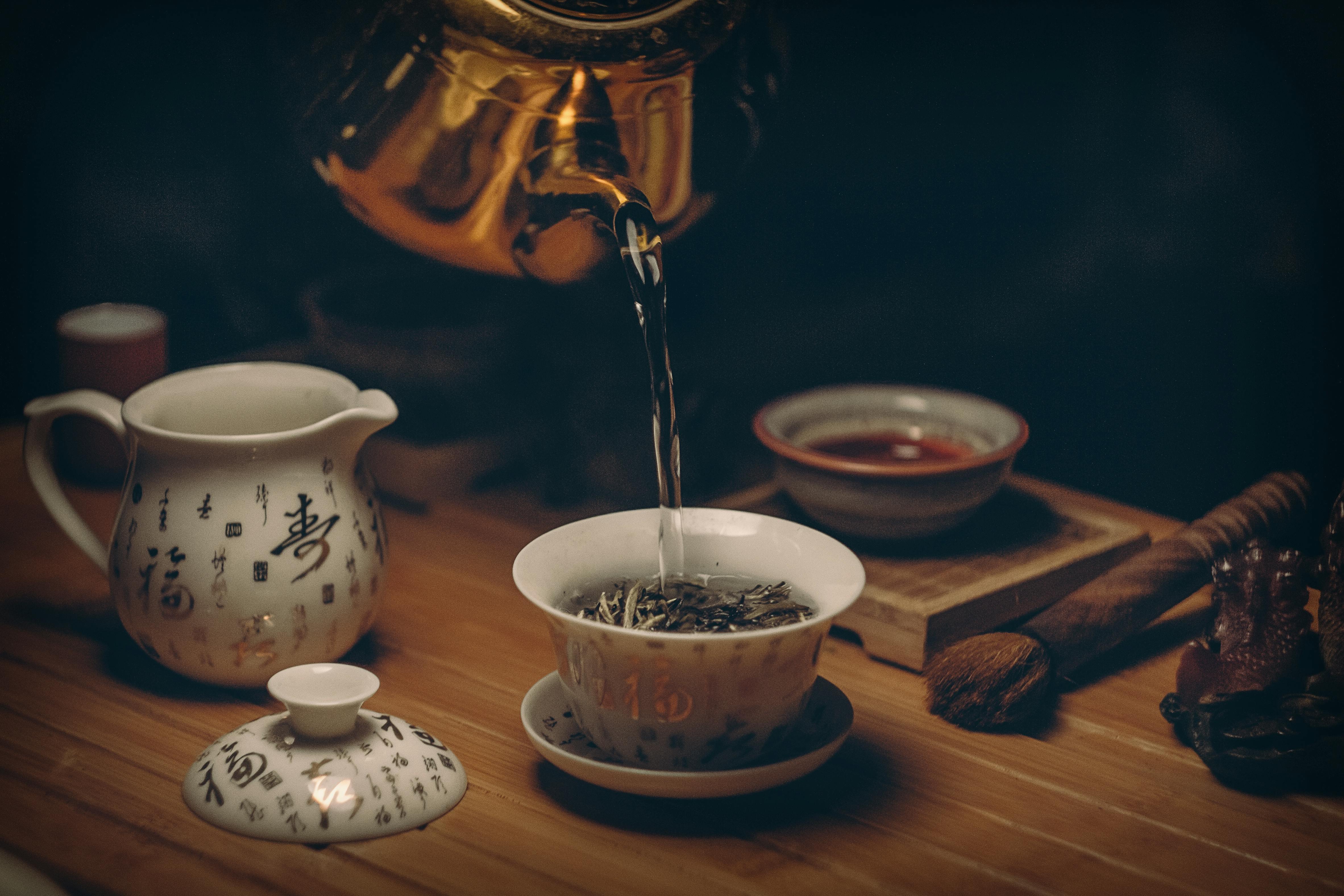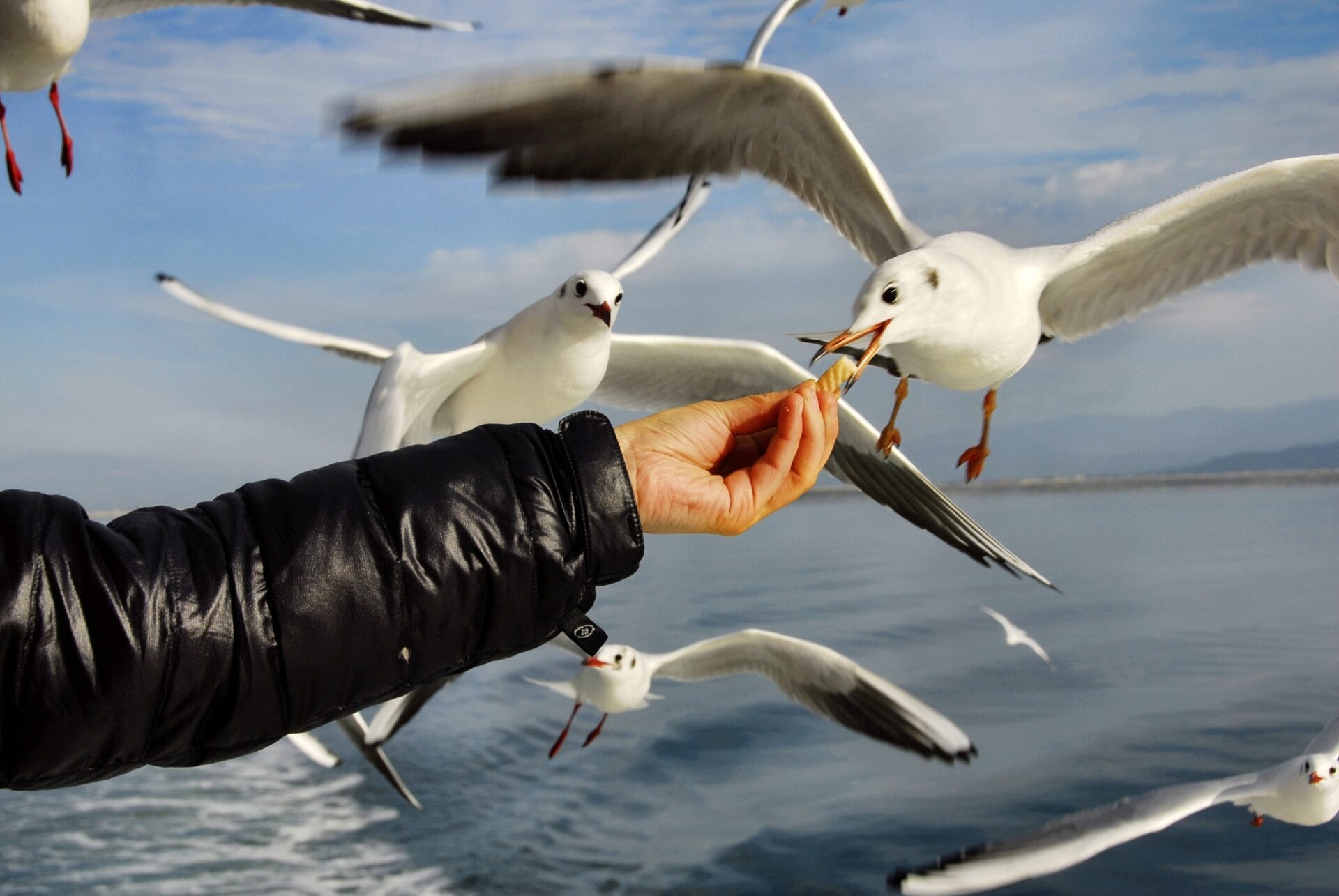Food coloring is a popular way to add vibrant colors to food and drinks. Have you ever wondered why food coloring spreads faster in hot water than cold water? In this article, we will explore the science behind why food coloring spreads faster in hot water than cold water. We will discuss the effects of heat on water molecules, how it affects the speed of diffusion, and how this phenomenon can be used in everyday life.The reason behind food coloring spreading faster in hot water is because of the increased rate of diffusion. Hot water molecules move around more quickly and therefore diffuse the food coloring molecules throughout the water more quickly. The heat also breaks down large particles of food coloring into smaller particles, allowing them to mix with the water more easily.
How Does Temperature Affect Food Coloring?
Temperature can have a major effect on food coloring. The temperature of the food or liquid that is being colored can drastically impact the intensity and hue of the final product. When food is heated, its color can fade or become duller and the intensity of the color may change. On the other hand, when food is cooled, it can become brighter and more vibrant in color. In some cases, food coloring may even be affected by extreme temperatures, such as those found in freezers or ovens.
When using food coloring to dye edible items like candy or cake frosting, it is important to consider the temperature of the ingredients and equipment that are being used. If a recipe calls for a specific temperature to achieve a desired result, it is best to stick with that temperature so that an accurate result can be achieved. For example, if a recipe calls for melted chocolate to be combined with food coloring at a certain temperature, it is important to make sure that both ingredients are at that temperature before they are mixed together.
The same idea applies when adding food coloring to hot liquids like coffee or tea; it is best to wait until the liquid has cooled slightly before adding in any dye. Otherwise, the color may not turn out as expected due to changes in pH or other variables caused by extreme heat. Similarly, when adding food coloring to cold liquids like juice or smoothies, it is important to make sure that both ingredients are at room temperature before combining them together for optimal results.
Overall, temperature plays an important role when using food coloring for culinary purposes. It is essential to consider how heat and cold may affect both the hue and intensity of colors when mixing ingredients together so that desired results are achieved every time.
Does Hot Water Make Food Coloring Spread More Quickly?
Yes, hot water can make food coloring spread more quickly. When food coloring is placed in hot water, the molecules of the dye spread out more quickly, resulting in a brighter and more vibrant color. This is because the heat causes the molecules of the dye to vibrate faster and move further away from each other, allowing them to mix with the water more easily. Hot water also helps to break down larger particles of dye into smaller ones, making them easier to disperse. As a result, food coloring tends to spread faster in hot water than in cold water.
For best results when using food coloring, it is recommended that you use boiling or near-boiling water. The hotter the water is, the more quickly it will cause the dye molecules to move apart and mix with the liquid. You should also stir or agitate the mixture as this will help to further accelerate the process of dissolving and dispersing the food coloring.
In conclusion, hot water does indeed help food coloring spread more quickly than cold water does. By using boiling or near-boiling temperatures and stirring or agitating the mixture while adding food coloring, you can achieve brighter and more vibrant colors with ease.
What Are the Benefits of Adding Food Coloring to Hot Water?
Adding food coloring to hot water can be beneficial for a variety of reasons. It can be used for visual purposes, such as adding a bit of color to food or drinks, or it can be used as a tool for teaching science experiments. Food coloring is non-toxic and safe to use in any type of water, including hot water. It is also inexpensive and easy to find in most grocery stores.
One benefit of adding food coloring to hot water is that it can make food more visually appealing. This is especially true when making colorful drinks such as lemonade or punch. By adding a few drops of food coloring, the drink can take on a more vibrant hue and have an overall more pleasing appearance.
Another benefit of adding food coloring to hot water is that it can help teach children about the properties of different substances when conducting science experiments. For example, by combining different colors together, children can learn about how certain substances interact with one another and what happens when certain elements are mixed together. This type of learning experience helps promote critical thinking skills and develops an understanding of basic scientific principles.
Finally, adding food coloring to hot water is also a great way to create visually striking art projects. By using different colors together, artists can create interesting patterns and designs that will add an extra dimension of beauty to their works of art.
Overall, adding food coloring to hot water has numerous benefits that make it an ideal choice for everything from creating colorful drinks and art projects, to teaching science experiments. It is non-toxic, inexpensive, easy to find and safe for use in any type of water – making it perfect for almost any application where color is desired.
How Does Hot Water Help Food Coloring Spread Faster?
Hot water helps food coloring to spread faster due to the difference in density between hot and cold water. Hot water is less dense than cold water, which means that it has a higher tendency for the food coloring molecules to move around and disperse. This is because the molecules of food coloring are attracted to the molecules of hot water, so they move around more freely. In contrast, the molecules of cold water are more tightly packed together, so they do not allow for as much movement. Therefore, when you add food coloring to hot water, it spreads faster than in cold water.
Another factor that contributes to how quickly food coloring spreads in hot water is its solubility. Hot water has a higher solubility than cold water, meaning that it can dissolve more substances in it. This means that when you add food coloring to hot water, it dissolves faster and more completely than when added to cold water. The result is that the food coloring spreads out faster and more evenly in hot water compared to cold water.
Finally, heat energy also plays a role in how quickly food coloring spreads in hot water. When you add heat energy to a substance like food coloring, its particles become more active and start moving around faster. This allows for better dispersion of the particles throughout the solution and results in a faster spreading of the color. Therefore, when you add heat energy by using hot water instead of cold, you are increasing the rate at which your food coloring will spread throughout your solution.

The Properties of Hot Water
The properties of hot water that cause it to spread food coloring faster than cold water include its higher temperature and increased solubility. Hot water has a much greater capacity to dissolve solids than cold water, making it more effective in breaking down the food coloring and allowing it to spread out. Additionally, hot water has more energy than cold water, which allows particles to move around more quickly as they are suspended in the liquid. This makes it easier for the food coloring to disperse throughout the liquid, resulting in a faster spread. In addition, hot water is less viscous than cold water, allowing for an even faster spread of the food coloring particles.
Temperature
The most obvious difference between hot and cold water is temperature. Hot water has a much higher temperature than cold water due to the fact that heat energy has been added during heating or boiling. This higher temperature causes molecules to move around more quickly, which can help break down the food coloring particles and make them easier to disperse throughout the liquid.
Solubility
Hot water also has a much greater capacity to dissolve solids than cold water. This is because heat energy helps break down solid molecules into smaller pieces that are easier for liquids to absorb. As a result, hot water can dissolve more of the food coloring particles than cold water, leading to a faster spread throughout the liquid.
Viscosity
Finally, hot water is also less viscous than cold water, meaning it is thinner and less resistant to flow. This allows for an even faster rate of dispersal as the food coloring particles have less resistance when moving through the liquid. As a result, hot water can help achieve a quicker spread of food coloring compared with cold or room temperature alternatives.
Cold Water Make Food Coloring Spread Slower Compared to Hot Water
Cold water makes food coloring spread slower compared to hot water. This is because the molecules in cold water are more closely packed together than in hot water. As a result, the food coloring takes longer to spread through the cold water. Cold water also absorbs less heat energy than hot water, so the molecules don’t move as fast and thus take longer to disperse the food coloring.
When adding food coloring to cold water, it is important to give it enough time for it to be fully dispersed. If too much food coloring has been added too quickly, it can cause the molecules in the cold water to become too concentrated, leading to clumping and discoloration of the liquid. It is best to add a small amount of food coloring at a time and stir until it has fully dissolved before adding more.
In contrast, when adding food coloring to hot water, it will disperse much faster than in cold water due to the increased energy and reduced density of the molecules in hot water. The heat energy causes the particles of pigment in the food coloring to move around faster and thus spread quicker through the liquid. This makes it easier for us to create vibrant colors with our cooking projects when using hot rather than cold liquids.
Overall, cold water makes food coloring spread slower compared to hot water due its higher density and reduced heat energy absorption rate compared with its hotter counterpart. By taking into account these factors, we can get better results when adding food coloring into our recipes depending on whether we use hot or cold liquids.
Testing If Hot Water Really Makes Food Coloring Spread Faster
Testing if hot water really makes food coloring spread faster can be done in a simple experiment. To begin, two glasses of the same size should be filled with the same amount of cold water. A few drops of food coloring should then be added to each glass. The second glass should then have hot water added until it is about halfway full.
It is important to ensure that both glasses have the same amount of liquid in them and that the hot water is not too hot to touch. Once both glasses are prepared, the food coloring should be observed to see which glass it spreads faster in. The results should be recorded and compared to see which glass had faster spreading food coloring.
This experiment can also be repeated with different amounts of hot and cold water or different temperatures of hot water to see if any results vary with different variables. Additionally, testing with other liquids such as oil or vinegar can also be done to gain more insight into this phenomenon.
By conducting this simple experiment, one can easily test whether or not hot water really does make food coloring spread faster than cold water and draw their own conclusions based on the results they observe.

Conclusion
It is clear that food coloring spreads faster in hot water compared to cold water. This is because the hot water molecules move faster than the cold water molecules, and as a result, the food coloring can diffuse into the hot water at a much faster rate. Hot water also has a higher temperature than cold water, which helps to break down the food coloring more quickly and disperse it evenly throughout the liquid.
Overall, food coloring spreads faster in hot water due to its increased temperature and faster movement of molecules. This means that when cooking or mixing up drinks with food coloring, it is best to use hot water to ensure an even spread of colour throughout the dish or drink.
Therefore, we can conclude that using hot water is a simple yet effective way to ensure an even spread of food colouring when cooking or mixing up drinks.

